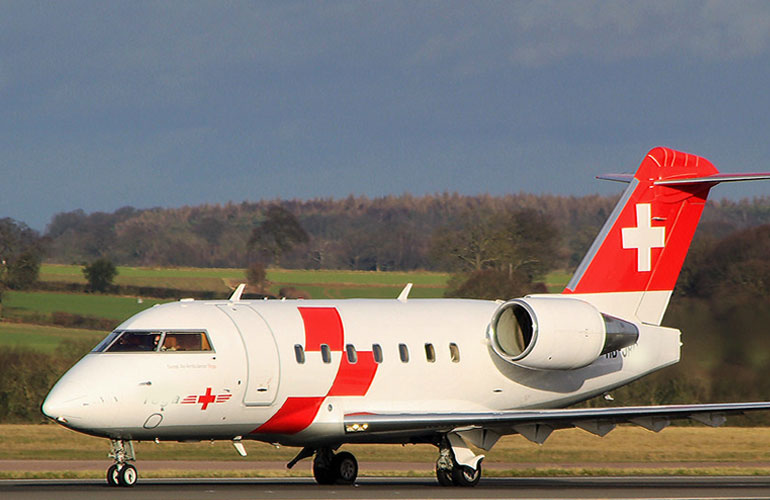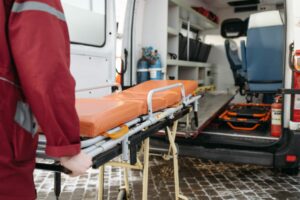Many rural hospitals in India lack air quality and air quality management. Rural areas in developing countries often face several medical challenges such as limited access to water, electricity, staff, and limited or unavailable equipment. In addition, many of these countries do not have a centralised emergency response system with modern infrastructure.
However, when these hospitals can provide emergency care through aviation services by helicopter ambulances or fixed-wing aircraft, depending on local conditions and the availability of appropriate airspace in the region, they can offer critical medical services while saving lives.
The rural hospitals can also contribute to the region’s economic development and reduce medical costs by taking care of patients who would otherwise be difficult to reach or too far away from the health care centres. These benefits make it necessary to continue this form of air ambulance service in these areas to improve rural health care.
What’s the cost barrier here?
Providing an air ambulance service to the rural areas would cost a lot of money, especially since most of these areas do not have the necessary infrastructure to provide a safe and comfortable landing place. In addition, it can cost a lot in fuel if there are no airports available and the aircraft is using its own onboard fuel tanks to make it back home again.
In many cases, an air ambulance can fly for as long as 15 hours with only 50 minutes of actual flying time. Fuel costs can also be high, especially if the aircraft needs to fly multiple trips in one day or during different days of the week. A helicopter will use about 35 litres per minute, so a conservative estimate would be that a typical helicopter can only fly for about 5 hours before it needs to land and refuel.
In addition, the costs for maintenance, repairs, and parts need to be considered. The helicopters also need to be frequently checked, maintained, and even grounded if there are no required replacement parts. This can cause the air ambulances to stop flying during certain times or seasons of the year when medical needs are greatest.
However, with all these costs, one also has to consider the benefits of this kind of service in providing additional health care services that would otherwise not be available in those areas where the air ambulances can land. This can be a great help to rural hospitals and an excellent way to save lives.

Are air medical services that important for rural hospitals?
Medical care in rural areas is often more difficult and costly to provide than in the cities and larger towns. This is true especially when one considers the number of available medical specialists and the training of doctors who choose to work in those areas. For example, while India has more than 3600 doctors with specialisations such as cardiac surgery, it has only 630 consultants working in primary care.
In addition, there are significant differences between urban and rural populations when it comes to average life expectancy, which is 62 years for men and 68 years for women. In contrast, life expectancy rates in rural India are only 57 years for men and 60 years for women. These statistics show how the rural areas face several problems that demand a solution, and air ambulances can provide one to these areas. However, this problem would be solved by improving medical care and investing in infrastructure for the long-term development of the site.

What are some of the advantages and disadvantages?
There are several benefits of air ambulance like:
1. Air ambulances services increase the accessibility and availability of emergency medical care services to rural health care centres. Air ambulances reduce the time for patients in emergency care centres, increasing the number of lives saved. This also allows for faster transportation times for patients if they become sick or injured when travelling long distances to a hospital that does not have access to an air ambulance service.
2. The use of air ambulance services can reduce the costs associated with transporting patients to and from hospitals in rural areas by over 50%. In some cases, air ambulances can even transport multiple patients to and from hospitals in a single trip.
3. Air ambulance services improve confidence in the area’s health care system and make it easier for people to get to hospitals when they need medical treatment or emergency care. Studies have shown a great deal of support for this kind of service for these reasons among those living in rural areas.
Therefore, rural areas need to have access to such air medical services because they can save more lives and improve the quality of health care in these areas.
Conclusion
Rural areas in developing countries are often poor, isolated and lack access to modern health care. Therefore, air medical services are essential to developing rural health care and the lives of those living in these areas.






